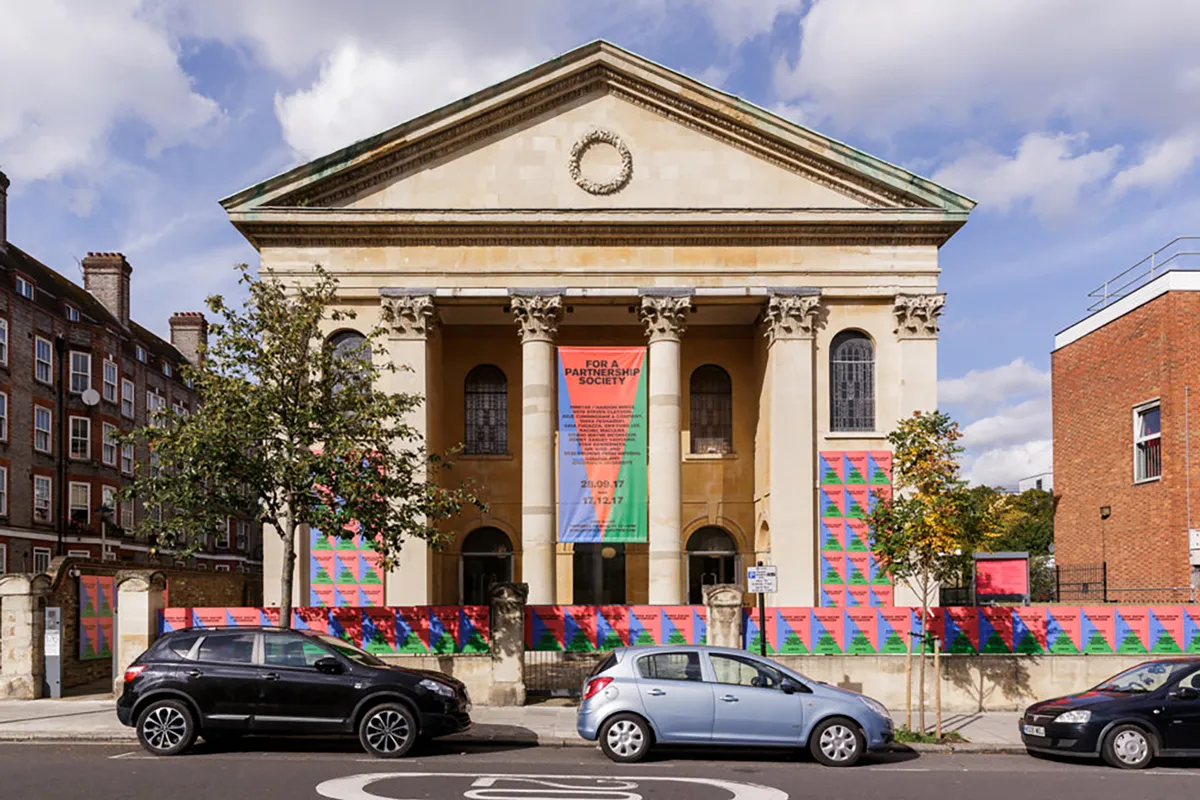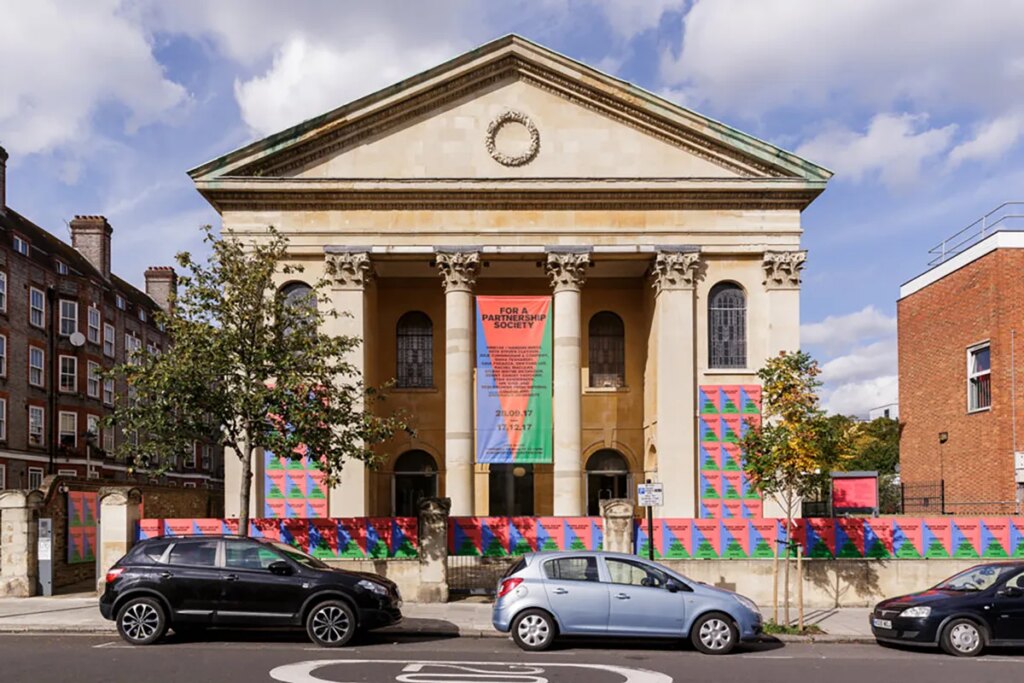
The Zaludowicz Collection, a private museum run by collectors Anita and Poju Zabludowicz, will shutter its closely watched London space, bringing an end to a 16-year run that saw major shows mounted for young artists on the rise.
The museum also has a project space in New York and a permanent space on the Finnish island of Sarvisalo. But the London museum is the most well-known and by far the biggest.
In a statement given to ArtReview, the museum said the closure was prompted be a decision to focus more on loaning out works owned by the Zabludowiczes, who appear on the ARTnews Top 200 Collectors list.
“As we look to expand access to the Collection, we have made the decision to close the project space at 176 Prince of Wales Road, which very sadly means the team will be significantly reduced in size,” that statement said.
Many of the artists commissioned to do sizable exhibitions for the museum made use of technologies in their art. Among those artists were Lu Yang, Shana Moulton, Jon Rafman, Haroon Mirza, and Lizzie Fitch and Ryan Trecartin. Donna Huanca, Rachel Maclean, Trisha Baga, and Josh Smith also presented exhibitions of new and recent works there, and Erica Beckman’s video art was surveyed by the museum.
But the museum’s positive reputation for showing cutting-edge art was tempered in the past decade by protests over Poju Zabludowicz’s ties to pro-Israel groups. A 2009 Guardian report said that he had funded the British Israel Communication and Research Centre. He is also CEO of the Tamares Group.
A group of artists began protesting the Zabludowiczes under the name Boycott Divest Zabludowicz in 2014. The group has alleged in a letter calling for the boycott that Tamares had at one point held a stake in Knafaim Holdings, a company that has provided services to the Israeli Air Force, and had since sold its shares; a spokesperson for the Zabludowiczes said Tamares has no investment in Knafaim. Then in 2021, after protests over the planned eviction of Palestinian families from the East Jerusalem neighborhood of Sheikh Jarrah, artists began to “deauthor” works held by the Zabludowiczes.
Shortly after that, the Zabludowiczes spoke publicly for the first time about the Israel-Palestine conflict, saying that they “passionately support a Two-State Solution that guarantees the rights of Palestinians and Israelis to live and work side-by-side in peace.” (This year, they made another statement reiterating their support for “a peaceful solution.”)
Even after that statement, protests continued to follow Poju Zabludowicz. In Finland, in 2022, artists began to boycott Helsinki’s Museum of Contemporary Art Kiasma, where he had long sat on the board. Earlier this year, the museum formally cut ties with Zabludowicz, effectively ending the boycott.
Neither the ArtReview report nor an article in the Art Newspaper mentioned the current war in Israel and Gaza as a reason for the closure of the London space. When reached for comment, the Zabludowicz spokesperson said, “The closure has no connection to any boycott or protests,” and is meant “to expand access to the Collection.”
“We look forward to developing new partnerships with institutions and independent curators, as well as continuing and building upon our commissions, professional development opportunities and residencies for artists,” a spokesperson for the museum told the Art Newspaper.
The museum’s final show, a group exhibition about the “formation and re-formation of subjecthood and objecthood,” closes on December 17.


